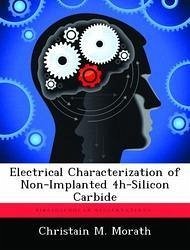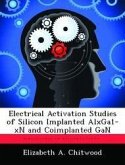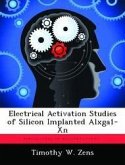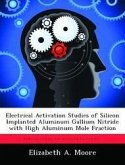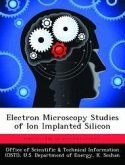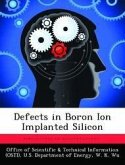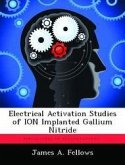Electrical characterization has been performed on p-type 4H-SiC implanted with Al or B to assess the activation efficiency and implantation-related damage recrystallization. The electrical technique of Temperature Dependent Hall Effect (TDHE) indicated that Al and B act as shallow acceptors in 4H-SiC with ionization energies of ~ 252 and ~ 285 meV, respectively. However, the deeper B level (600 meV) was not observed. Measurements of the electrically active concentration of most samples indicated electrical activation efficiency much greater than 100% for anneal temperatures of 1550 oC, 1650 oC, and 1750 oC. The samples used were low doped (NA - ND = 5x1015 cm-3) epitaxial p-type layers grown by MOCVD. They were implanted at room and high temperature (500 oC). The -p-layer was grown on low doped epitaxial n-type material to electrically isolate it. The n-type layer was in turn grown on heavily doped n-type substrate material. To help in forming good ohmic contacts, the samples had a high fluence shallow implantation (Al 50 keV) done on the samples' corners.
Hinweis: Dieser Artikel kann nur an eine deutsche Lieferadresse ausgeliefert werden.
Hinweis: Dieser Artikel kann nur an eine deutsche Lieferadresse ausgeliefert werden.

